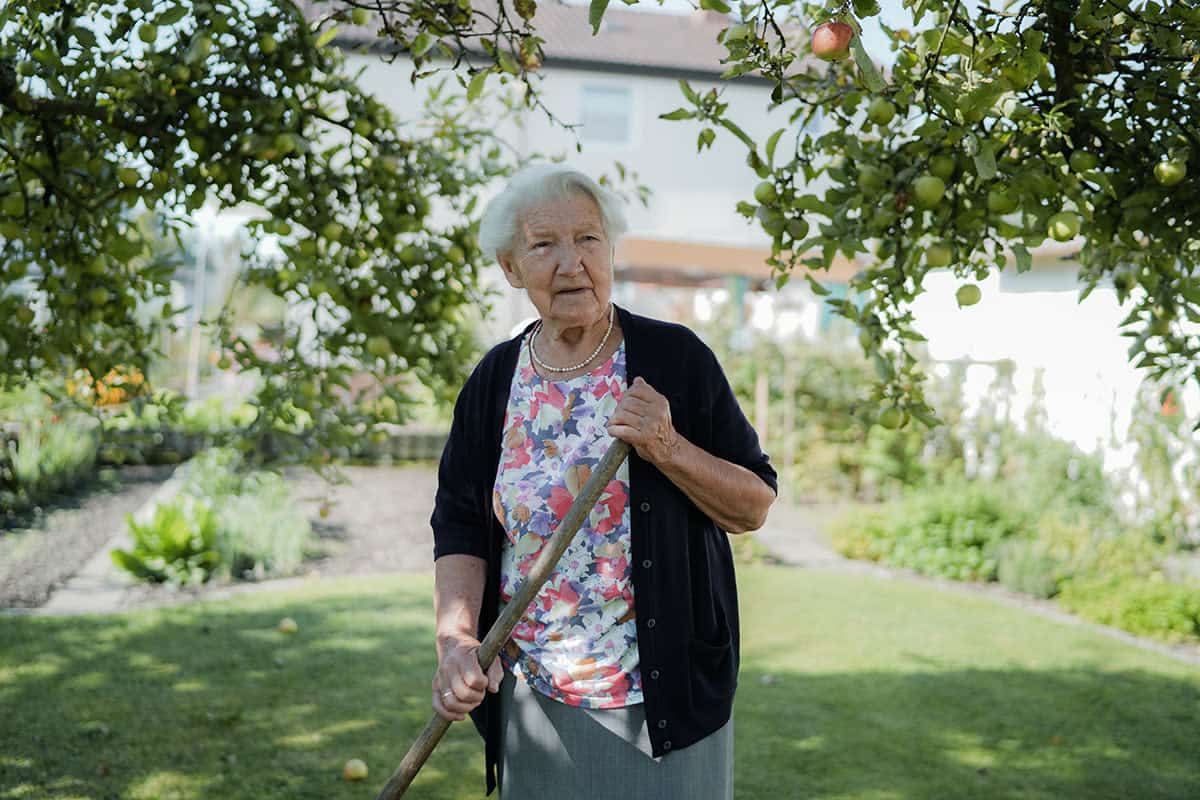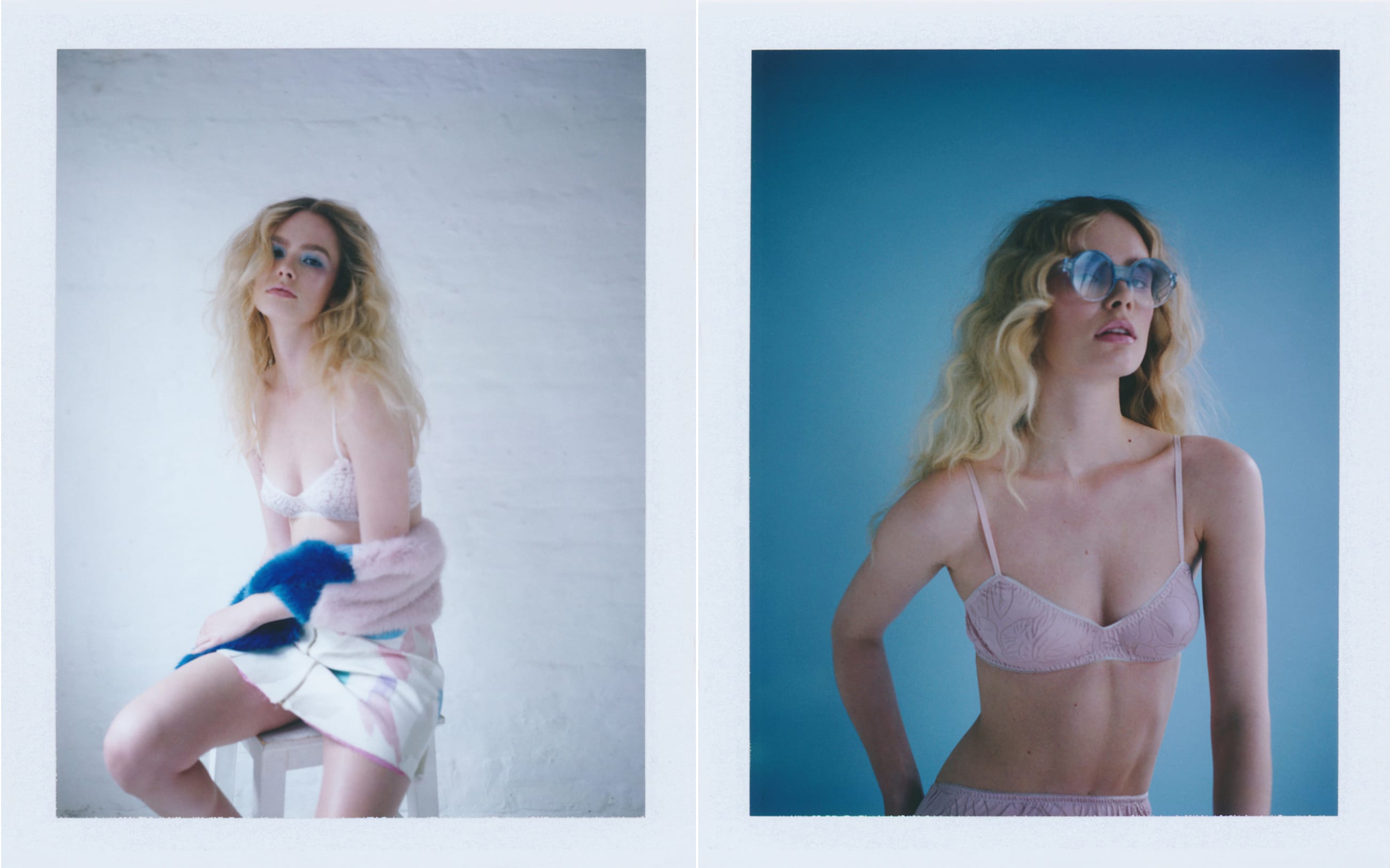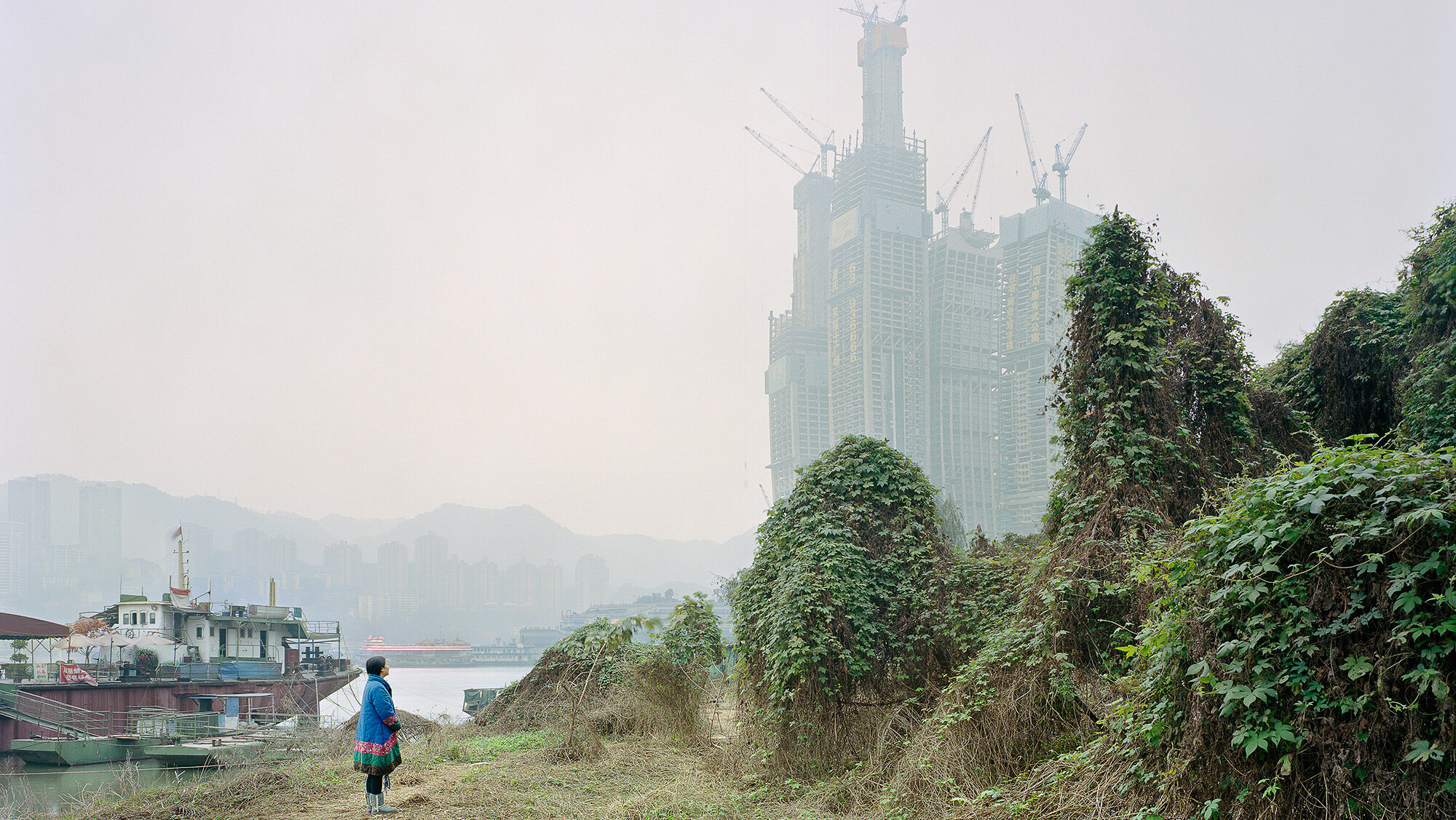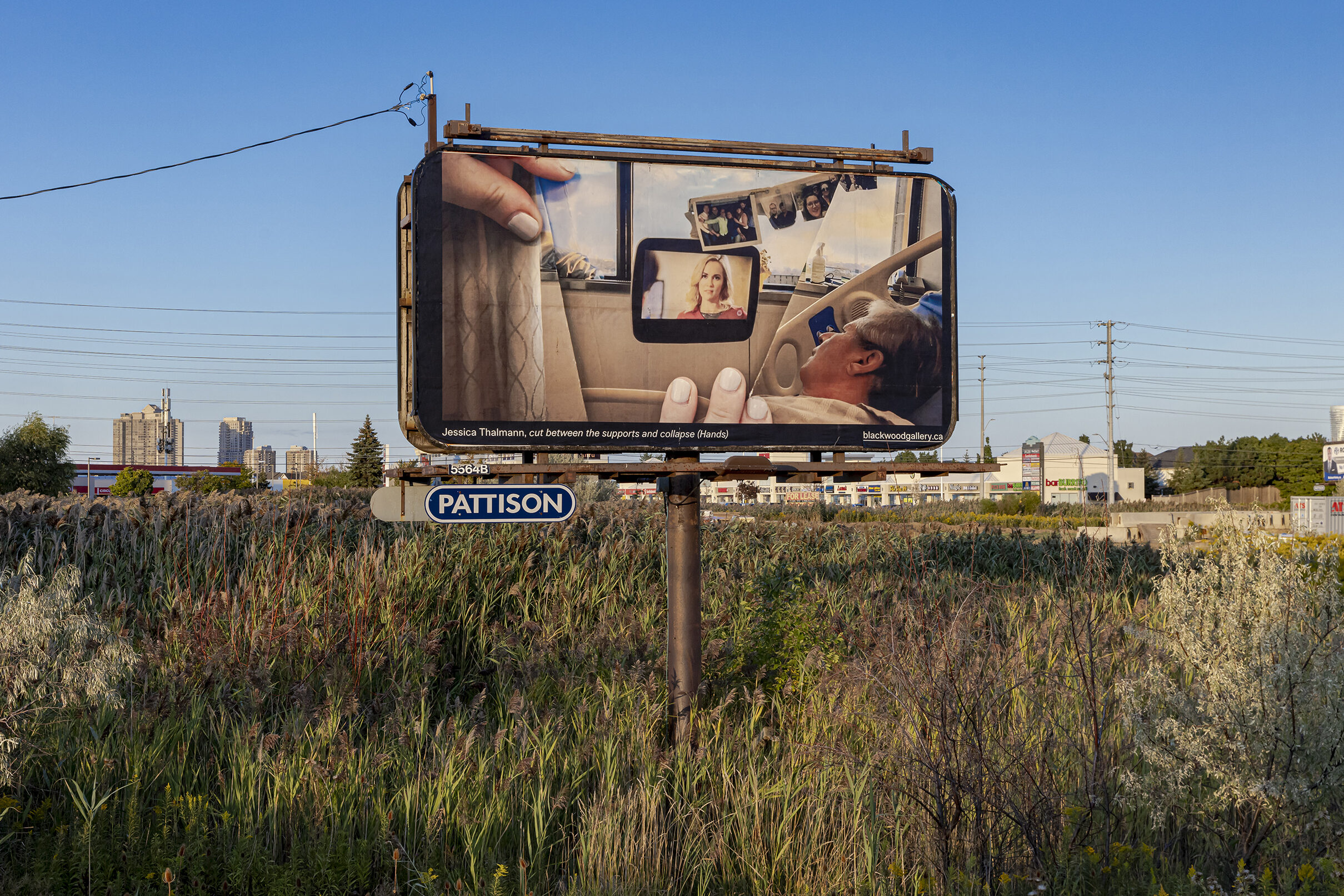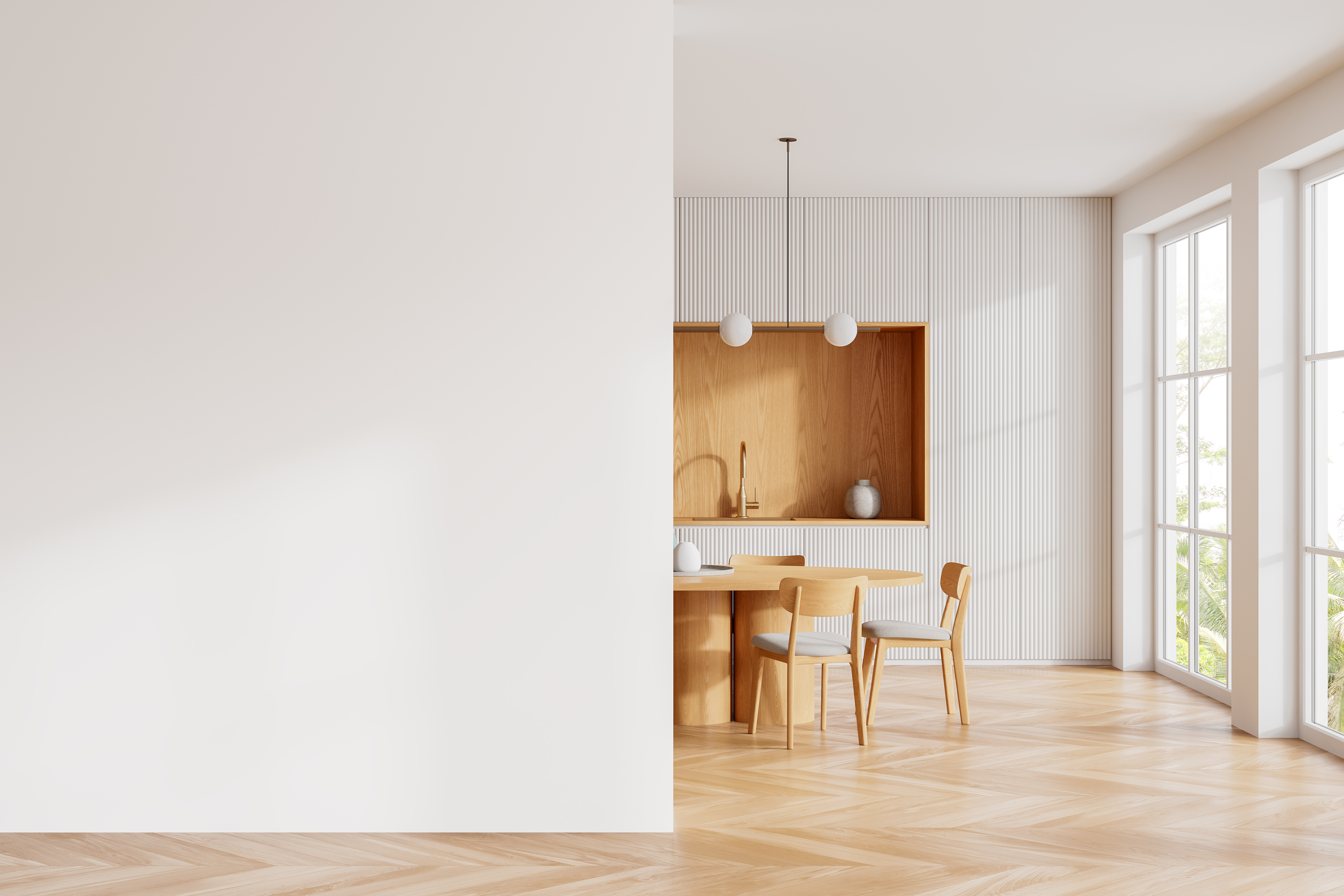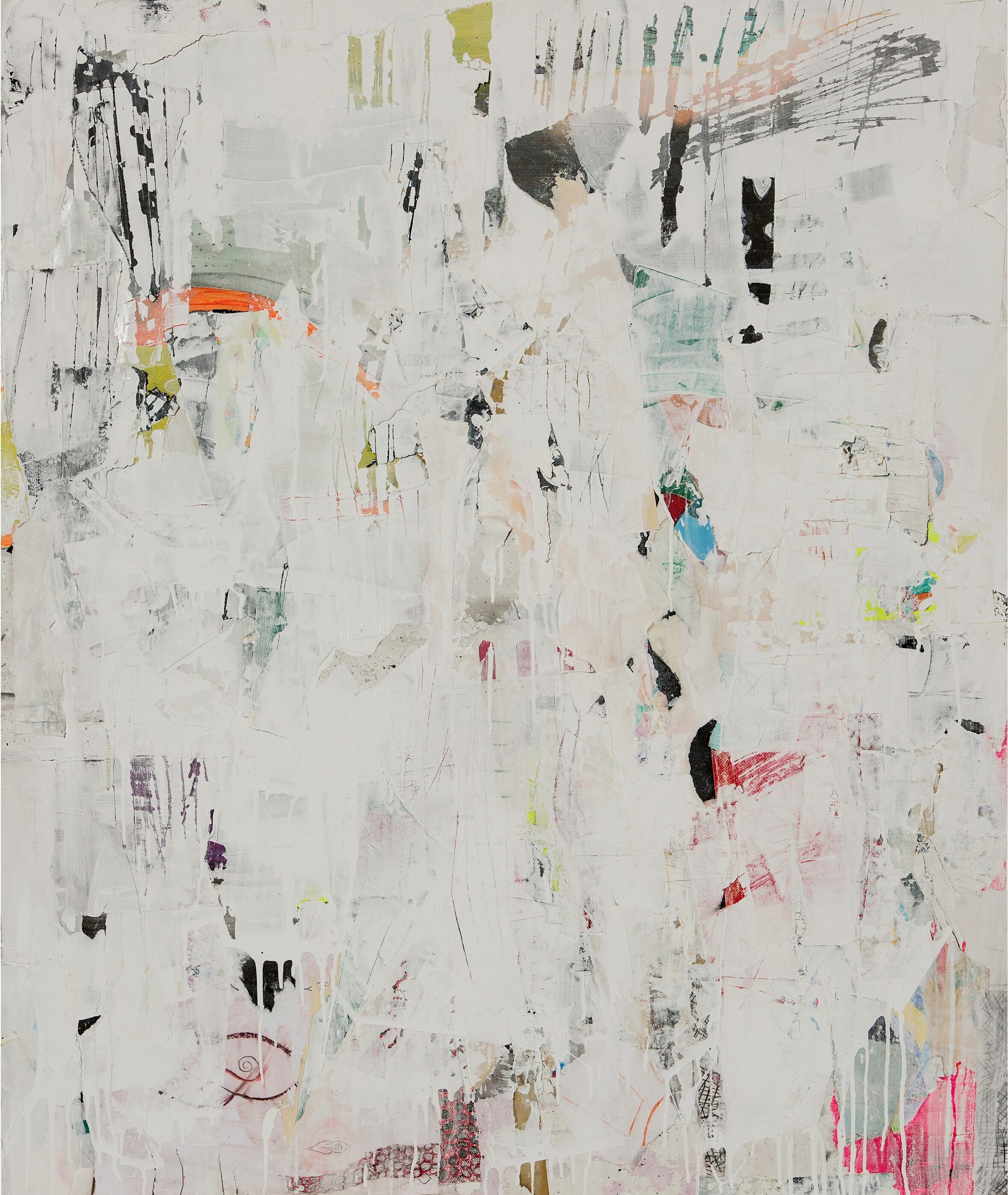For a project called 1000 Strangers, photographer Laura Zalenga approached random people on the street and asked to take their photograph. It was a fun exercise in portraiture, but Zalenga began to notice something that surprised and saddened her: older people tended to say no to being photographed. Frequently they would demur, saying, “I’m not beautiful anymore. Maybe you should photograph someone who’s younger.”
Zalenga was struck by these encounters, and decided she wanted to explore the idea of aging more closely in a documentary-style series. Dramatic self-portraiture is the German photographer’s usual specialty; her work tends to feature stunning natural backdrops and carefully posed subjects. Photographing elderly people in their homes would be a huge departure, but the more she thought about it, the more important the project seemed.
She had been thinking about applying to Adobe’s Creative Residency, which offers photographers a year of funding and mentorship support to complete a personal project. Zalenga had applied the year prior, but hadn’t been accepted, and was hesitant to pitch a photo series on old age to Adobe. “They’re probably not going to pick this because it’s about old people,” she said. But the Creative Residency liked her idea, and Zalenga is now working full-time on the project, which she’s titled The Beauty of Age, or Die Schönheit des Alters.
We called Zalenga in Biberach, the southern German town where she lives, to learn more about how the series is coming together. She shared some of the as yet unpublished images from the project, and told us about the challenges and unexpected rewards of photographing people over 80.
Format Magazine: How did this project come about after your 1000 Strangers series?
Laura Zalenga: With that project it just stood out so clearly that the older people were not thinking of themselves as worthy to be photographed. I had people where I told them that I thought they looked great, and they had tears in their eyes because it was so long since someone had told them they’re beautiful. That really made me think—something’s so wrong with that.
I also noticed that I don’t talk to a lot of old people. I see my grandpa every now and then, but as he’s not living in my hometown it’s not very often. I realized that you can gain so much from these old people. I talked to other young people and they were like, “Yeah, I talk to my grandma when I say, ‘Thanks for the Christmas money,’ and that’s basically it.” To me it felt weird throwing away this big gift that is here in the form of the knowledge and the wisdom of old people and their stories.
I think that’s the whole motivation for the project, to make that wisdom visible and to share it and to hopefully spark the idea for some other people to maybe have one old friend in their lives. It’s beneficial for both sides, because some of the old people really told me, actually said this sentence, “I feel useless, and that’s why I want to die.” We should show these people that there is value in them, and in their knowledge and in their existence.
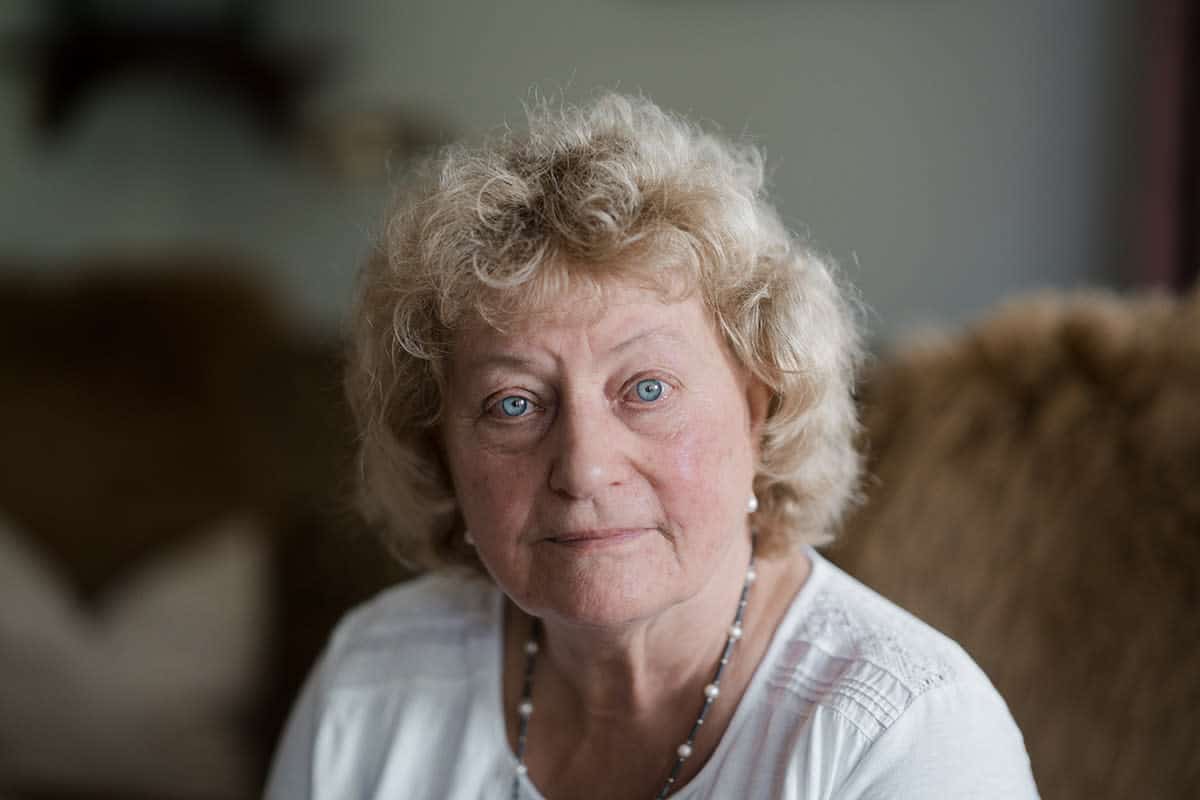
How have you gone about finding people to photograph?
That was really hard in the beginning, actually. I first tried to do it the way I did for my stranger project, being on the street and saying, “Hey, you look super interesting and beautiful. Could I take a photo of you?” But as it wouldn’t just be one minute on the street but more like, “Do you have time for a coffee now for an hour or two?” that wouldn’t work. And then you can’t just give a person who’s 80 your phone number. They will never call you if you’re a stranger. So in the beginning, that was quite frustrating. I’m like, “Okay, there’s just no way I’m going to reach people like that.”
Then I went to all the elderly people institutions in my city and talked to them and was like, “Hey, I’m doing this project and I need to find people who want to be part of this. I bet there are people who do, but they don’t know about me.” They were all really enthusiastic about it and connected me to all these elderly knitting circles, elderly singing circles, elderly harmonica-playing circles, and then I went to them and told them about my project and then I found people who wanted to be part of it.
Then the newspapers around here picked up on it and wrote articles on it, and a little TV spot with me, and after that so many people called me, and then it really got rolling.
You said that often when you approached older people to be photographed, they didn’t want to be photographed, or they thought that they didn’t look good. Why do you think that is?
I was wondering about that, too. For the longest time, I wasn’t really thinking about that—that older people don’t consider themselves beautiful anymore. But our society very clearly has this beauty ideal of someone being 20 years old, and after that… I have heard so many people in my life say this sentence: “Women, especially, have their beauty peak at 20 and after that it’s downhill.”
For men, they say they get better-looking until they’re 40 or 50, and then it goes downhill. But it’s the same concept, basically, that the older you are the less beautiful you are. I don’t know where it came from. Maybe it makes sense as we still connect age with dying and with illnesses, but we are at a point in our society where we get older and older. It would make sense to teach people that age is something very beautiful and that we should value it and start to think positively about it.
It’s not actually about a measurable beauty. It’s not about if you’re tall enough to be a model or if your face is very even. Of course it’s not even if you’re 80.
As you’ve been talking with these older people, have they said anything surprising about aging that you didn’t expect?
It’s crazy—I learn so many things from them. I always thought in age you are getting slower and things are getting more calm, and I always thought, “Oh, that doesn’t sound too great.” But then they all said, “The best thing about it is that everything gets so slow and so calm.” I thought that was so interesting.
Something else that surprised me massively was that they said, “Finally, finally, finally the only person you’re responsible for is yourself again.” That’s something you only have when you’re very young, and then after that you’re always responsible for other people and for bigger things. Then when you’re old, suddenly the only responsibility is you. That was so beautiful to hear.
How do you decide which people you want to photograph for this project?
I think with this project, I completely left out the visual part. In the beginning, I had two people that were 74, and I photographed them and they didn’t look old. So I set a new rule and said, “Nobody under 80.”
Most often people just call me or write me an e-mail so I have no idea what they look like. Absolutely nothing. I don’t know how tall they are. I know nothing, and they tell me where they live and how old they are and that they’re interested, and that’s all I know.
Then I just go and visit them and they open the doors. That’s the first time I see them, and I guess that’s also the part of the project. It’s not actually about a measurable beauty. It’s not about if you’re tall enough to be a model or if your face is very even. Of course it’s not even if you’re 80. It really is more about the aura someone has, and capturing their special beauty.
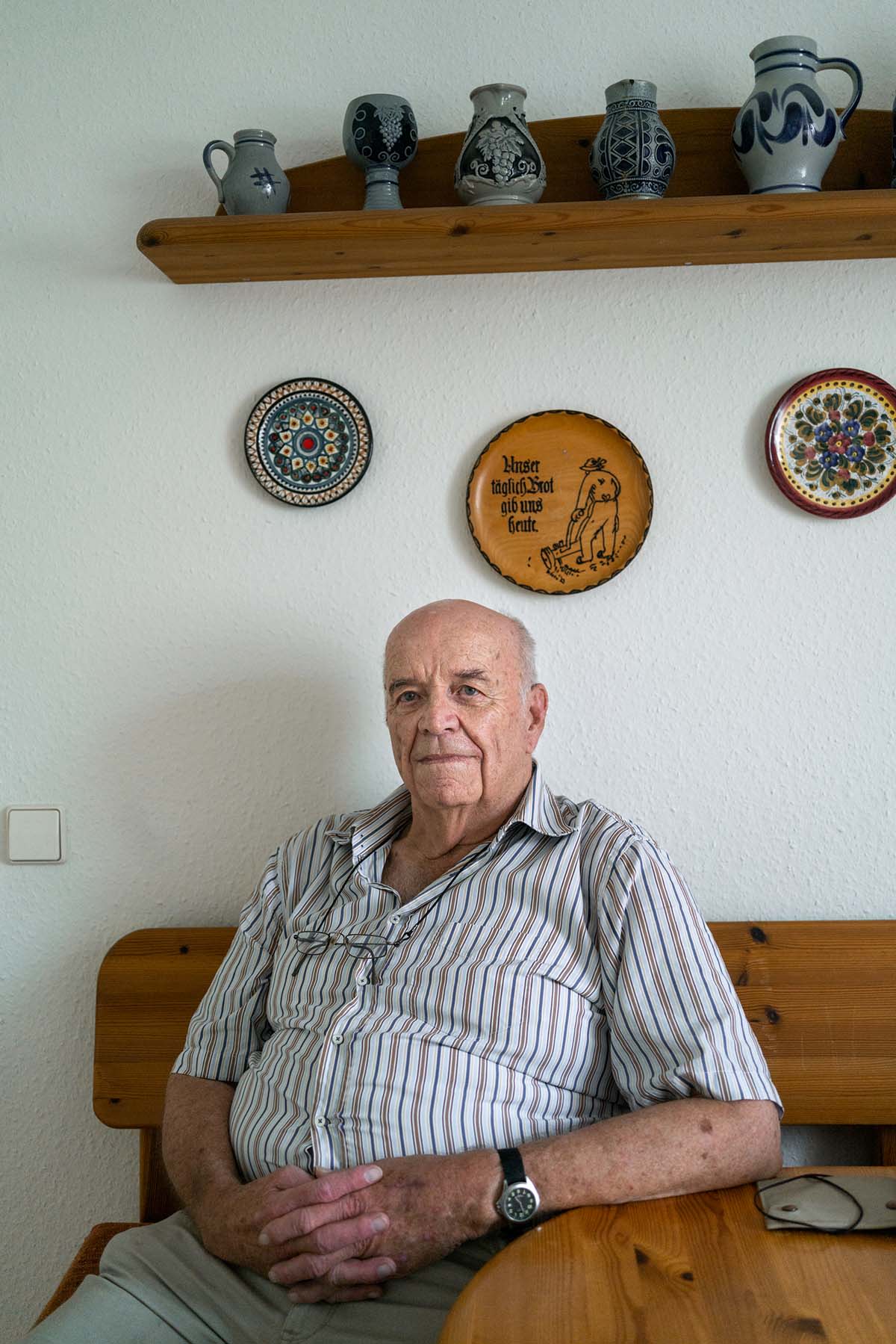
Have you experienced any unexpected challenges shooting this series?
It was so new to me to have no control, or almost no control, over where I shoot. Normally I visit people at home because many of them are not mobile anymore. That means they have their living room, which looks like a living room with the style of someone who’s 80. It’s not a studio or a nice nature location, and that was a big struggle for me at the beginning. I was like, “This is not my aesthetic and theme that I normally would put someone in as a setting.”
Also, sometimes I couldn’t even tell them to move to the living room, because it was too hard for them to move a few meters. I literally didn’t dare ask if they could move somewhere else. I just had to adjust and be like, “Maybe I’ll find the nicest direction for them to look for the light to still be nice, and maybe I just accept that their room is part of their story and that it doesn’t matter if the surrounding looks great. It’s about the expression in their face.” Normally if they enjoyed the conversation with me then they had a kind of open expression. I learned to really appreciate that and let go of control.
How has been so far working with Adobe on this?
It’s like the biggest gift someone could give to me. I knew that I wanted to do this project for like four years, and was always wondering how I could ever do it. After I thought about it a little bit I knew that this would never be a project that I could do next to something else. That’s impossible. It’s just too time consuming.
The first year, I pitched something else. I knew that it would be great to have one year to work on a personal project. I already had the age project, and I was like, “They’re probably not going to pick this because it’s about old people.” Then the next year I was just like, “Maybe I’ll just try, because this is my passion project, and maybe they will see the passion in it. Maybe they will see that it’s really, really relevant in our times now, even though it’s about old people.” And then they said yes and I was like, “What? Really?”
It is definitely a dream come true. You also get connected to so many people, and you get mentors—which is something that is also crazy to me, because I’ve always been such a lone wolf in my work. I never asked for help or feedback. Now you get all kinds of help from different people and you get mentors. Actually Aundre Larrow, who you interviewed too, is my mentor. It’s just so cool, having someone who regularly looks with you at the work and tells you what could be better and brings in their ideas.
I think it’s very important to get used to giving up control sometimes. You can’t control the whole situation, and that is the point of documentary, right?
What’s it been like to work on a project that’s such a different style and subject matter from your usual photography?
In the beginning I was definitely struggling. I normally just go somewhere, and then either that place inspires me and I go there later and then try out things there; or I just wander around and find a place that inspires me and then I shoot there.
I experiment a lot, and obviously it’s me normally in the photos, so I can do whatever I want to myself. I know my boundaries. I can lie in a frozen puddle in winter without wearing anything and I know it’s fine because I know my borders and how far I can go. I’m very, very shy when it comes to other people, to ask them something like walking from the kitchen chair to the sofa if I know their leg hurts. I’m like, “Maybe I shouldn’t make them have pain in their leg.”
It was very difficult and challenging in the beginning. But now, slowly, I’m getting to the point where I really enjoy it, and where I’m thinking which part of their living room I want to show. I’m starting to ask them what they’re passionate about that is maybe in the room, and then I try and include that and show the story in the images also.
Do you have any advice for other photographers that are interested in trying to photograph strangers?
For me it was a big thing to think about who I need to contact to find those people. For any group of people, you will find someone who can introduce you to them. That’s definitely a door-opener—contrary to just going up to them like, “Hi, I’m this random girl and now you have to trust me and have your photo be taken.”
When it comes to the actual shooting, I think it’s very important to get used to giving up control sometimes. You can’t control the whole situation, and that is the point of documentary, right? That you accept those surroundings, and you want to show them instead of changing them.
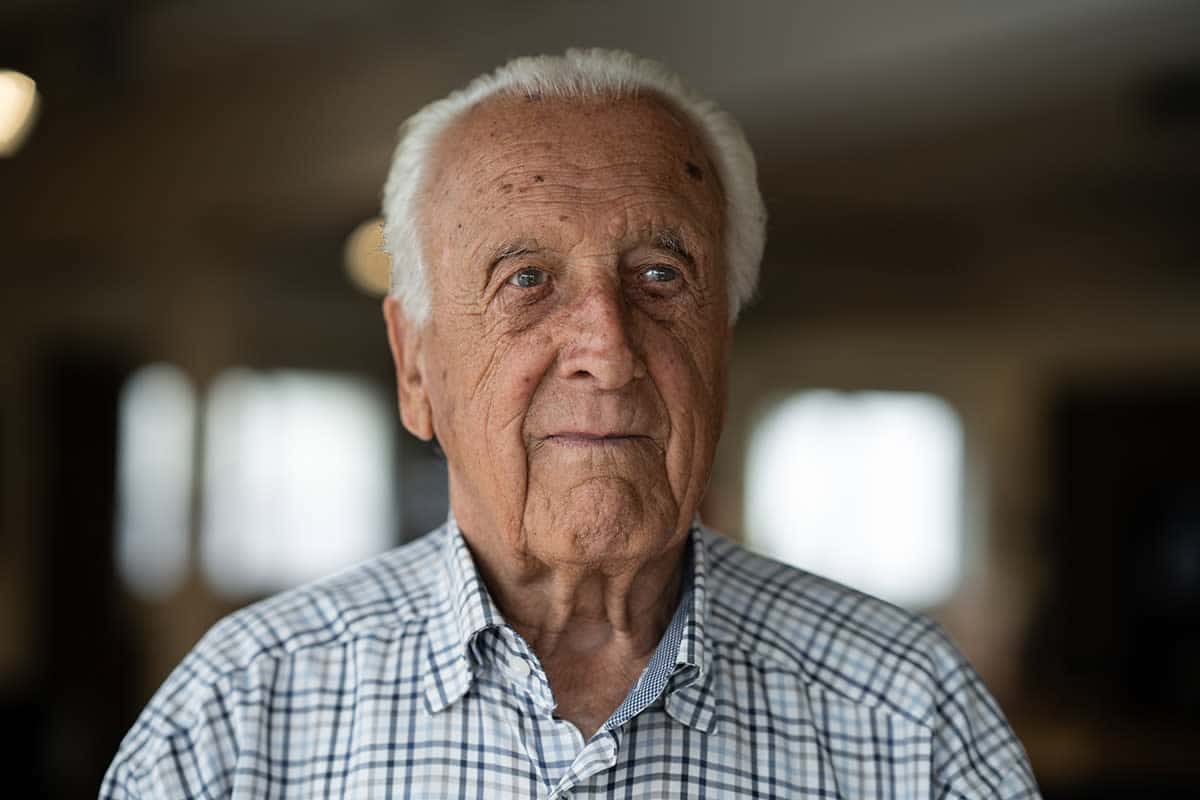
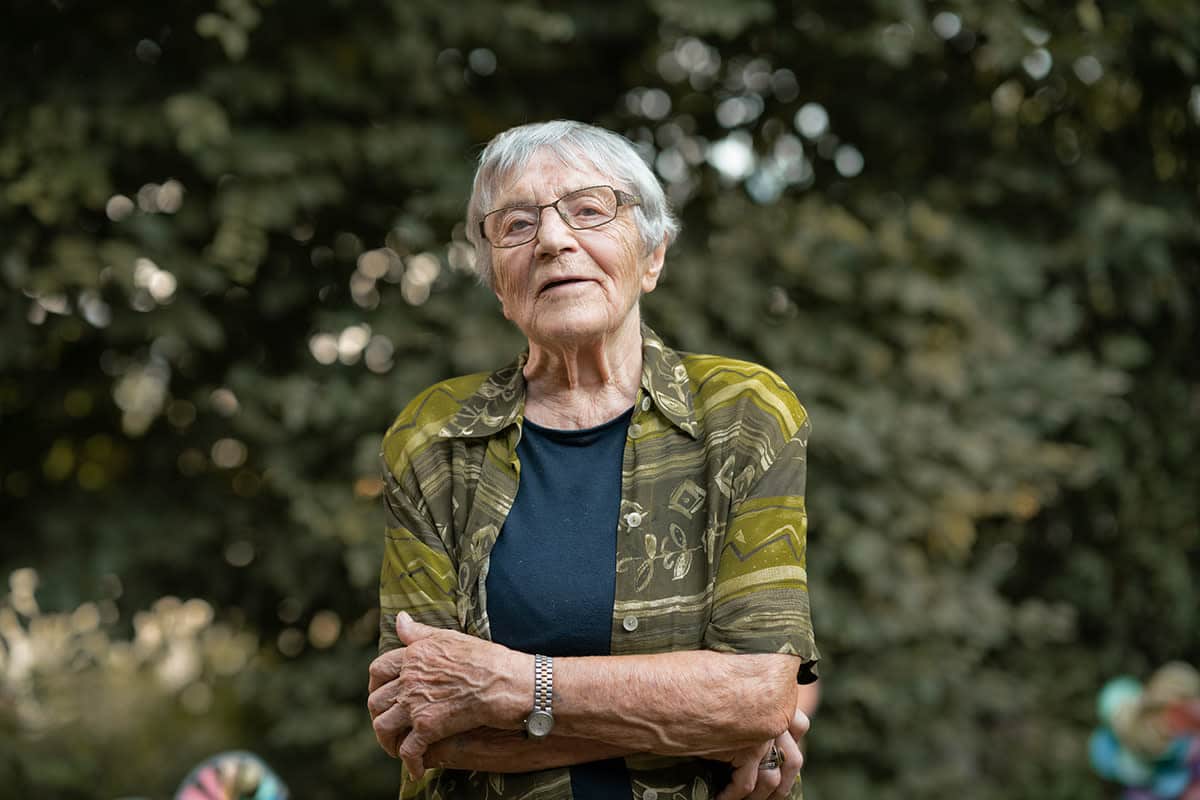
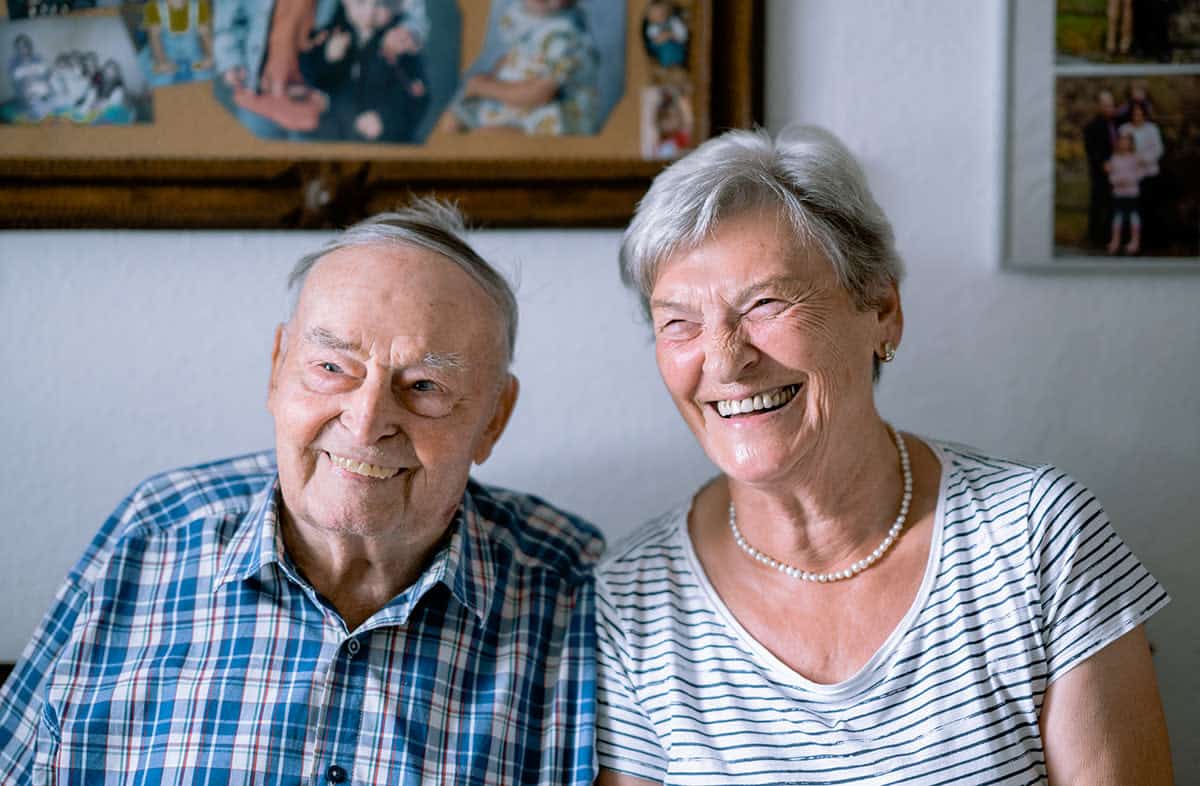
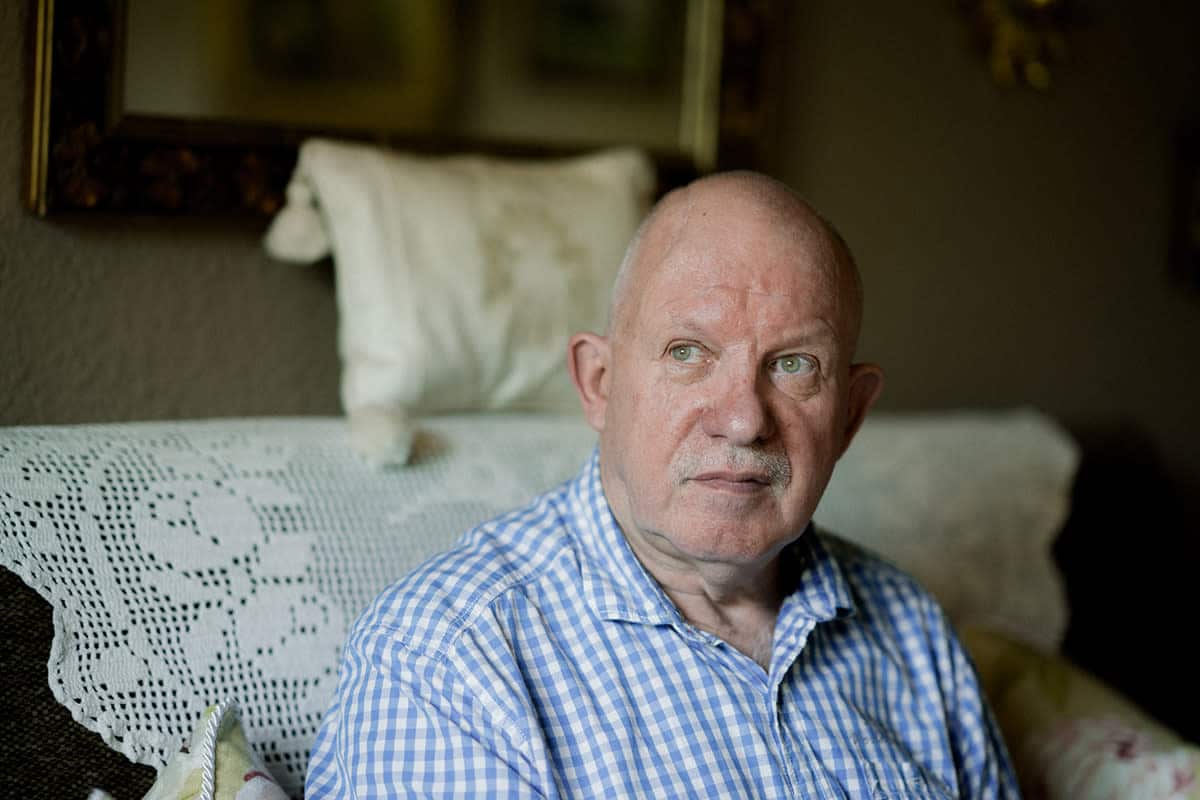
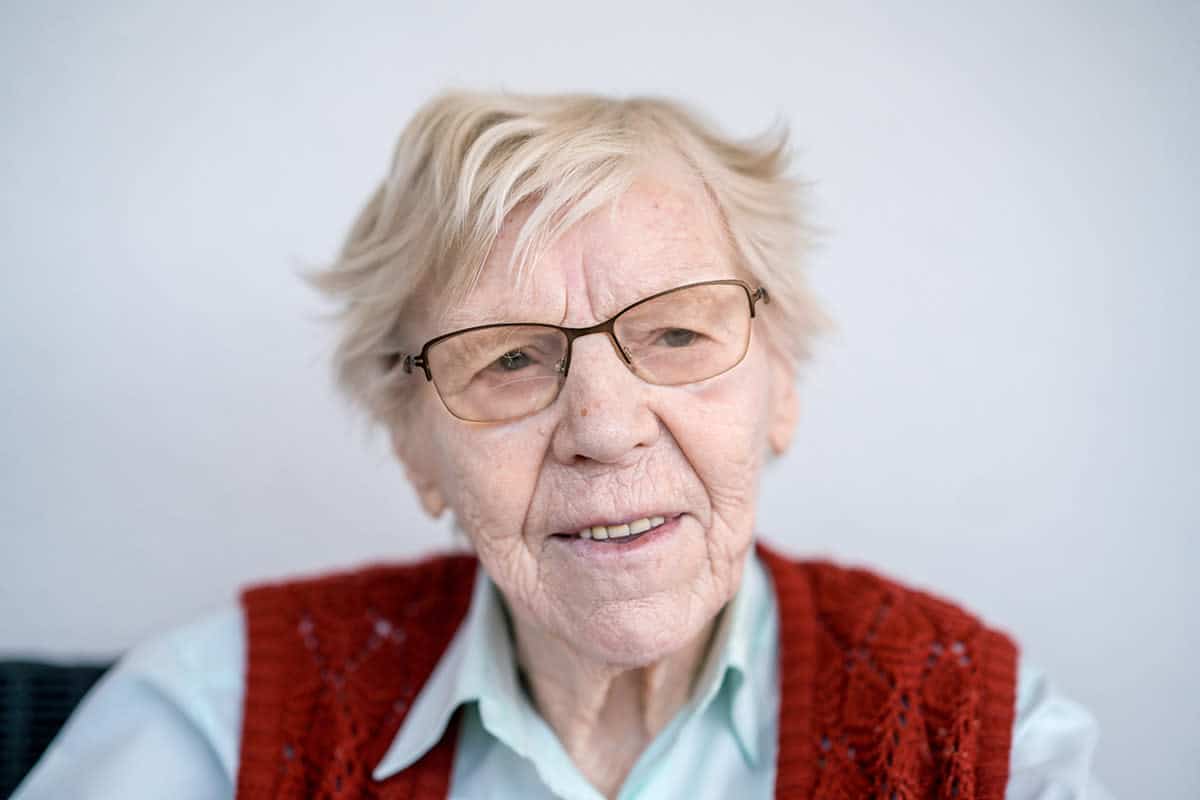
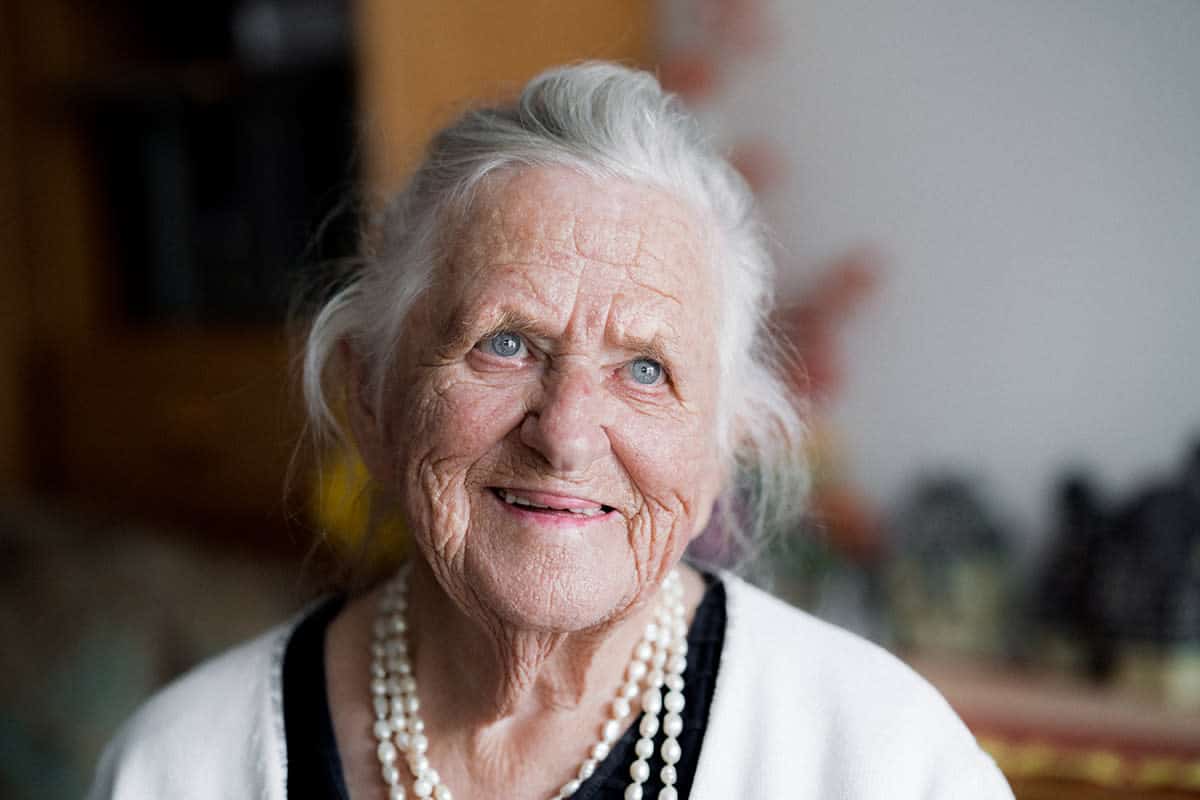
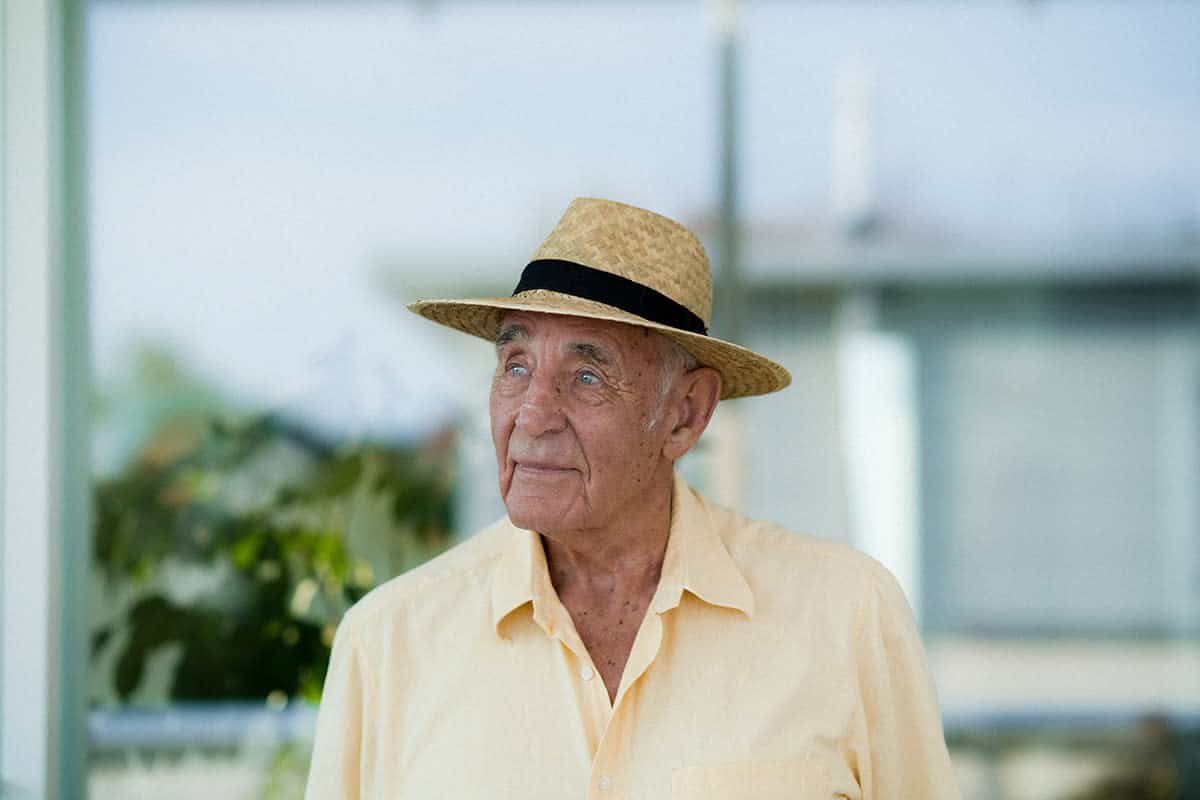
More on photography:
Photojournalist Emily Garthwaite Sees Photography as Therapy
What it’s Like to Land an All-Expenses-Paid Adobe Residency
How Two Months in Senegal Changed My Photography
